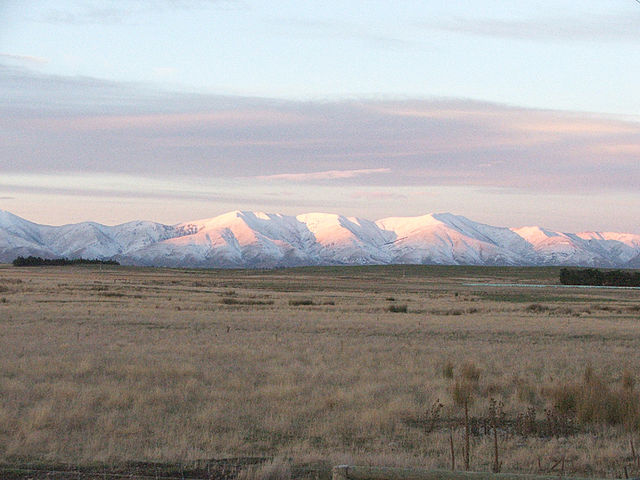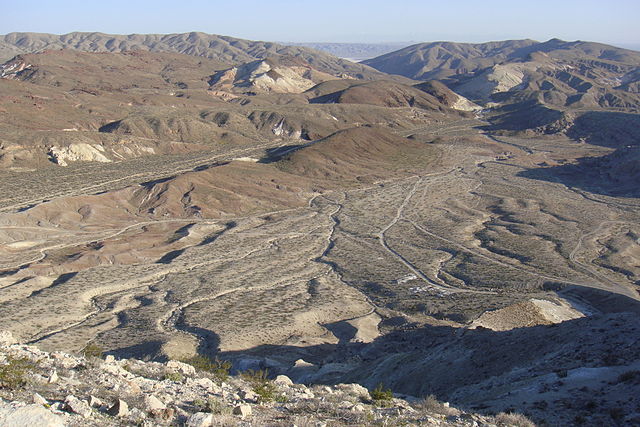The West Siberian Plain is a large plain that occupies the western portion of Siberia, between the Ural Mountains in the west and the Yenisei River in the east, and the Altai Mountains on the southeast. Much of the plain is poorly drained and consists of some of the world's largest swamps and floodplains. Important cities include Chelyabinsk, Novosibirsk, Omsk, and Tomsk, as well as Surgut and Nizhnevartovsk.
View of the Vasyugan River
Western Siberian plain seen from the Trans-Siberian railway outside Tatarskaya
In geography, a plain, commonly known as flatland, is a flat expanse of land that generally does not change much in elevation, and is primarily treeless. Plains occur as lowlands along valleys or at the base of mountains, as coastal plains, and as plateaus or uplands. Plains are one of the major landforms on earth, being present on all continents and covering more than one-third of the world's land area. Plains in many areas are important for agriculture. There are various types of plains and biomes on them.
The Kakanui Range dominates the eastern horizon of the Maniototo Plain of New Zealand
Montane plains as seen in Horton Plains in Sri Lanka.
A small, incised alluvial plain from Red Rock Canyon State Park (California).
A flood plain in the Isle of Wight.






